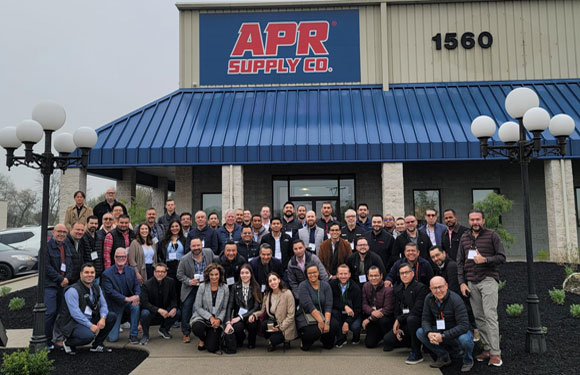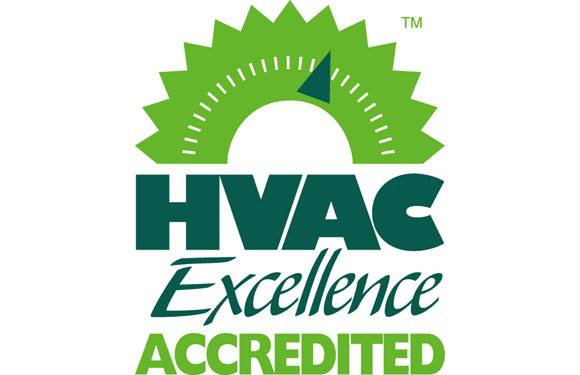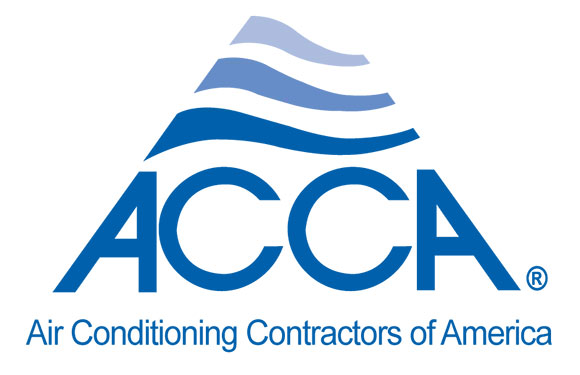
News
Carbon Monoxide: The Importance of Light-Off CO
By David Richardson
Many technicians who work on fuel-fired equipment will admit they have scorched their eyebrows when watching a burner light. It is a rite of passage among most seasoned technicians. What if there was a safer way to check ignition instead of sticking your face in front of a burner? Fortunately, there is, and it involves using a combustion analyzer.

Anyone who has had the flame roll out or the doors blow off when a furnace lights, needs to understand the importance of light-off carbon monoxide (CO). Here is a high-level view of how you can use this measurement to better diagnose equipment operation.
What is Light-Off CO?
Light-off CO is an overall indicator of how well the ignition source lights the gas to the main burner. It is a single, peak CO measurement that occurs within one minute of the burner flame igniting. Since this measurement captures the reaction of the flame firing into a cold heat exchanger, it is typically much higher than CO readings seen during the run cycle.
While a light-off CO reading is typically not recognized as a safety test, it does tell a valuable story of how effectively the burner ignites. Once you understand this reading, you can uncover deeper issues that cause long-term problems. It is not a stand-alone test and needs to be used with multiple CO measurements taken during the run cycle.
Measuring Light-Off CO
You will need a fast-reacting combustion analyzer to measure light-off CO. The strength of the analyzer pump is crucial to catching a light-off CO reading. If the pump is strong, it will draw in the flue gases quickly and you will have no problem recording the measurement within the one-minute time window.
The type of equipment you are testing determines where you take the light-off reading. If you are familiar with measuring CO during the run cycle, you already know these locations.
On natural draft equipment with a single burner, such as a water heater, you take the test before the drafthood before dilution air enters the hood. This is the same location where your run-cycle readings are measured.
With induced draft equipment, such as an 80%+ or 90%+ furnace, your test location is in the flue pipe, approximately 12 inches away from the inducer fan outlet. This is also where you take run cycle readings.
The test varies a little in natural draft equipment with multiple burners, such as a furnace. Here, the light-off CO reading is taken in the farthest burner from the pilot light. This allows you to gauge how well gas travels from the pilot light, through the crossovers, and to the farthest burner. If an obstacle hinders gas flowing smoothly from one side to the other, this test will reveal it.
Light-off CO measurements vary based on equipment type. Based on National Comfort Institute protocols, natural draft equipment should not exceed 400 ppm during light-off. Furthermore, 80%+ to 90%+ equipment should not exceed 1000 ppm. Ideally, the lower the light-off CO reading, the more effectively the burner is igniting.
Light-off Example of Properly Igniting Equipment
| 10 seconds | 20 seconds | 30 seconds | 40 seconds | 50 seconds | 60 seconds |
| 0 ppm | 40 ppm | 80 ppm | 160 ppm | 60 ppm | 20 ppm |
In the example above, the CO measurement continues to climb till it peaks at 40 seconds with a reading of 160 ppm. This is the light-off CO reading that you would compare against the values of 400 ppm for natural draft, and 1000 ppm for 80%+ to 90%+ equipment. In the above example, the burner is igniting very effectively.
Light-off Example of Improperly Igniting Equipment
| 10 seconds | 20 seconds | 30 seconds | 40 seconds | 50 seconds | 60 seconds |
| 20 ppm | 200 ppm | 1300 ppm | 700 ppm | 350 ppm | 70 ppm |
In this example, the CO measurement climbs rapidly till it peaks at 30 seconds, measuring 1300 ppm. This is the light-off CO reading you compare against the values of 400 ppm for natural draft, and 1000 ppm for 80%+ to 90%+ equipment. This burner has issues that need to be addressed. It is not lighting in an efficient manner.
Light-Off Problems You Discover
When you measure light-off CO, you will begin to discover the answers to issues such as:
- Rough burner ignition
- Burner alignment problems
- Flame roll out on start up
- Melted wiring.
Many of these issues are related to the ignition source and equipment cleanliness, while others are tied to mechanical issues such as the burners themselves. Once you understand how these issues affect equipment operation, your ability to diagnose and solve complex problems greatly increases.
Next Steps
If you are already performing CO diagnostics, add the light-off measurement to tests you already perform. Begin to look at the entire operation of the equipment instead of a single aspect. You never know, it might keep you from getting your eyebrows roasted off.
About the Author
David Richardson serves the HVAC industry as a curriculum developer and trainer at the National Comfort Institute, Inc. (NCI). NCI specializes in training focused on improving, measuring, and verifying HVAC and Building Performance.
If you’re an HVAC contractor or technician interested in learning more about adding carbon monoxide testing to your services, contact David at davidr@ncihvac.com or call him at 800-633-7058. NCI’s website www.nationalcomfortinstitute.com is full of free technical articles and downloads to help you improve your professionalism and strengthen your company.
















